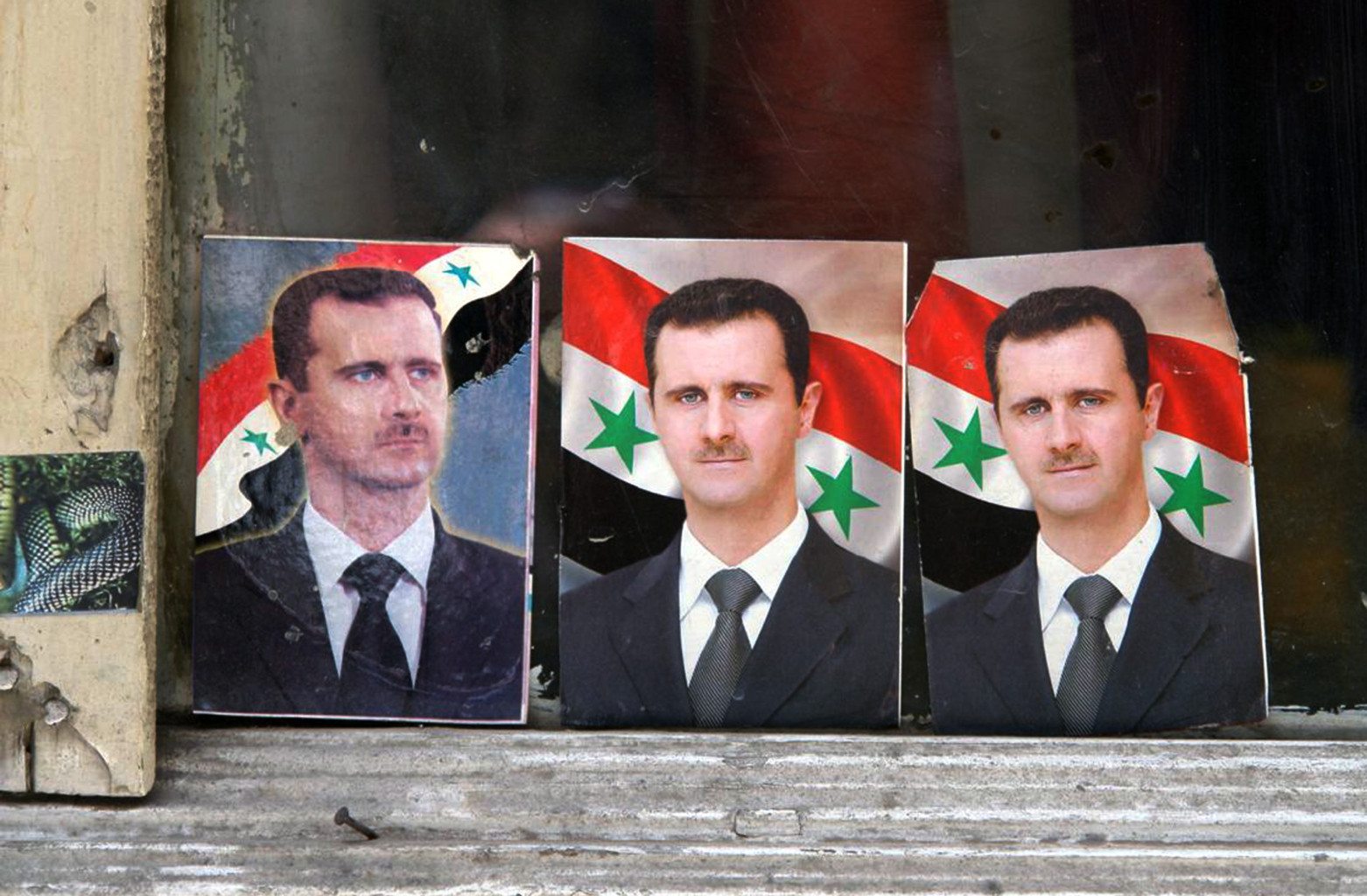Syria: Four ways forward
Monday 4th June. This was the day that President Obama received the news he really did not want to hear. The French government confirmed the use of Sarin gas in Syria and in once instance managed to trace the use back to the regime. It appears the regime has crossed the line in the sand drawn by the Obama administration.
There are four possible responses to the attack – three of which are deeply flawed.
The option favoured by the Foreign Secretary and Prime Minister is to arm the rebels, preferably ones that are not linked to Al’Qaeda. Presumably the reasoning being that providing weapons does not put British or American personnel at risk but could tip the balance of the fight. This is simply incorrect. Firstly, weapons are already flowing into Syria, from Qatar, from Saudi-Arabia and from even more shadowy sources and there is a real possibility that providing basic arms will just push up the body count on both sides. Also, the idea that you can stop arms falling into the wrong hands is ludicrous. The possibility of so-called blowback is immense; Libya is awash with weapons partly supplied by Western governments, some of which have ended up in Mali. One shouldn’t have to remind the US of the possibility of anti-aircraft weapons supplied to currently allied factions coming back to haunt a country years later.
The second option is a limited ground operation, using special forces to secure chemical weapon stockpiles and remove them from the regime’s arsenal. This is by far the most risky option. It would be hugely complicated, require not just special forces but a bulk of troops to secure the surrounding area and presents difficulties with Syria’s up to date air defence system. Leaders like to proclaim that all military options are on the table, but it is difficult to see any appetite for this sort of operation. Thankfully.
This leaves the international community (read the West) two options: do nothing or use air power to create a no fly zone or just hit specific targets.
Unfortunately doing nothing is not an option. Since Obama declared the use of chemical weapons “a red line” he must act. The US’s credibility at delivering threats is now more important than ever, with perhaps the threat of US action the only reason why Iran would delay building and testing a nuclear weapon. If Obama shows himself unwilling to force through his demands, Tehran will likely conclude the US is too weak to engage in a campaign to deny it a nuclear weapon. That would be a disaster for the entire world.
The temptation then is a Libyan style air exclusion zone, but this is risky. The Syrian air defences are far superior to that of Libya and once the Russian S-300 air defence system is in place the risk to pilots would be sizable. In addition to this there would be a real risk of mission creep when the rebels fail to advance, starting with special forces assisting with ground targeting.
A superior response would be strategic air attacks on chemical storage facilities. With the correct arsenal these would minimize the risk of the weapons falling into the radical elements of the opposition and prevent the use by the regime. The risks of leakages of the chemicals to the surrounding population is real, but can be minimized by targeting. The risk of allowing chemical weapons to be used by a regime is much greater.
Any air attacks will be condemned by both sides. By Russia and China for interfering in internal matters and by the opposition movement as insufficient support. All options are bad, but air strikes may well be the least bad option.

Comments